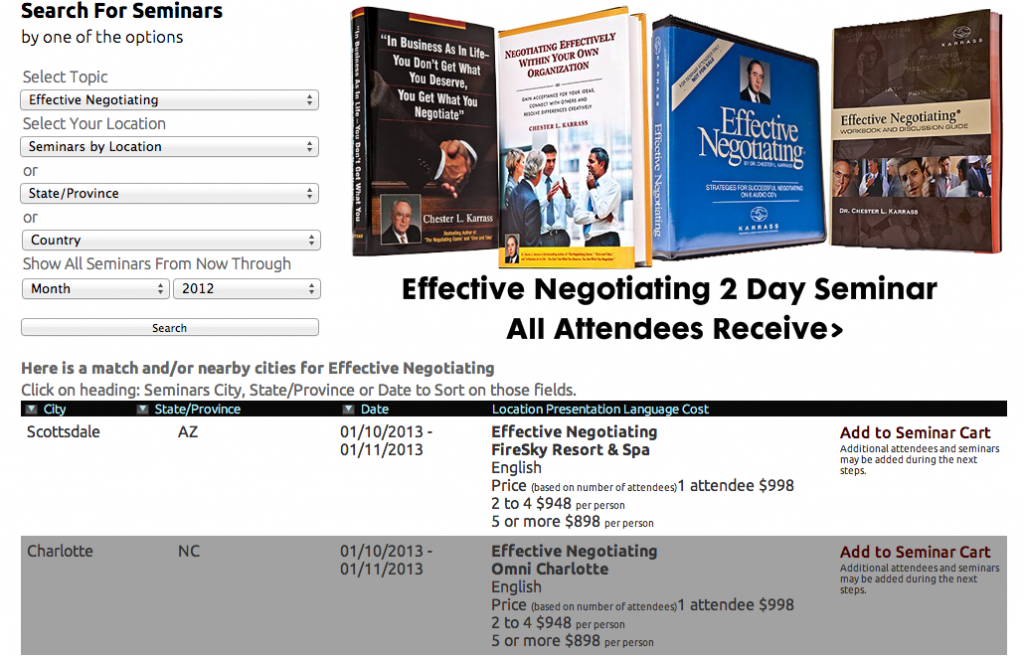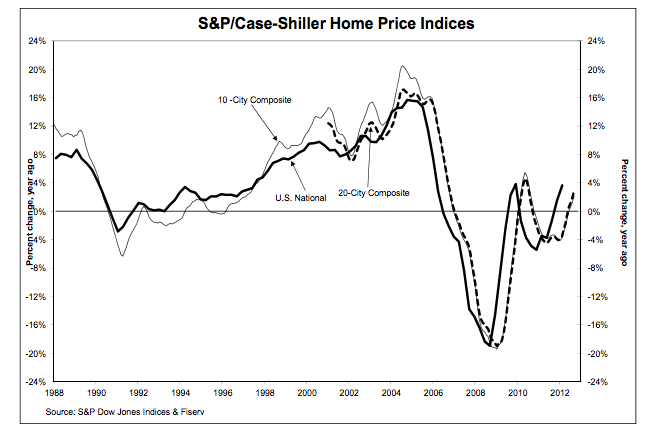Last week we broke down the Dow Jones Transportation Average, which is the older and less excitable sister of the famed Dow Jones Industrial Average. There’s also a younger and similarly low-key sibling, the Dow Jones Utility Average. It was founded in 1929 – for multiple reasons, a notable year for stocks – when all the major utility stocks were removed from the Industrial Average and left to create their own index.
Thus the DJUA consists of the prices of the shares of 15 power companies and their ilk, summed and multiplied by a constant. You probably haven’t heard of more than 5 of them, yet they’re far more important to the progression of the economy and your day-to-day comfort than Google or Facebook will ever be.
The utilities include
- 11 electric companies
- 2 multiutilities
- 1 pipeline company
- 1 gas distributor.
Applied Energy Services, based in suburban Washington, D.C. Founded by a couple of federal bureaucrats, AES operates all over the world – with 12 million customers not just in the U.S. but Mexico, the Dominican Republic, Colombia, Brazil, Argentina, Chile, the U.K., Spain, France, Belgium, the Czech Republic, Ukraine, Hungary, Bulgaria, Turkey, Nigeria, Cameroon, Jordan, Oman, the United Arab Emirates, India, Pakistan, Sri Lanka, Kazakhstan, China, the Philippines and we might have missed a couple. AES does coal, hydro, diesel, gas, oil – all the usual suspects, plus a wind project that they’re very proud of.
American Electric Power is headquartered in Columbus, and fires up 11 states. (Ohio, Texas, and much of the Illiteracy Belt.) AEP’s transmission system is bigger than all the others in the United States combined. 2/3 of their power comes from coal, 2/3 of the rest from natural gas and oil.
Con Ed – Consolidated Edison – is New York City’s major electricity and gas supplier. It also operates in New Jersey and northeastern Pennsylvania. In addition to the juice and the gas, Con Ed also supplies a peculiar 19th century relic form of energy – steam. Yes, they move simple water vapor through tunnels that manage to heat swaths of Manhattan. Cogeneration, they call it: the steam is a byproduct of electricity generation, and with a little ingenuity Con Ed does something beneficial with it instead of just letting it rise into the atmosphere.
Dominion, based in Richmond, electrifies much of Virginia and North Carolina. It also supplies natural gas to several neighboring states.
Edison International, not to be confused with Con Ed – is based in suburban Los Angeles and is the parent of Southern California’s biggest electric company. There’s another subsidiary that owns fossil fuel plants as far away as Turkey, or did until the subsidiary filed for Chapter 11 bankruptcy last month.
Chicago’s Exelon also sells electricity and natural gas, specifically in Illinois, Pennsylvania and Maryland. Many of Exelon’s assets derive from last year’s merger with Constellation Energy. Exelon also owns all or most of 17 of America’s static supply of nuclear plants.
Yeah, this is a laundry list and kind of dull. But we’re almost done and besides, we committed to this in last week’s post on the Transportation Average and now we have to finish it. And if you think this is boring you should check out how our muse Trent at The Simple Dollar spent the first couple weeks of the new year.
FirstEnergy, headquartered in Akron, has 10 operating companies that among them provide power to 6 million souls who live in the more refined parts and outskirts of Appalachia. Much of the infamous 2003 blackout that affected almost the entire Northeast and much of central Canada occurred thanks to FirstEnergy’s failure to, if you can believe this, trim some trees around a few of its high-voltage lines in Ohio. Almost 2/3 of FirstEnergy’s power derives from coal, and half the rest from nuclear.
NextEra, with offices north of Miami, generates power in 28 states and 3 provinces. Like most of its cohorts on the DJUA, it has several divisions that it operates under (Florida Power & Light, etc.) NextEra is America’s biggest distributor of solar and wind energy, which still makes up a trivial portion of the nation’s energy generation. As you might be discerning by now, the biggest differences among most of these companies is geography.
Pacific Gas and Electric, based in San Francisco, provides natural gas and electricity to customers in northern and central California. 2 years ago one of their gas pipelines burst, killing 8 people, or infinity times more than the number of people killed in nuclear accidents since the first commercial application of critical fission.
Alright, maybe this wasn’t our best idea. For those of you who’ve made it this far, we’re pretty impressed. Send your requests for future 2-part Control Your Cash pieces to info at this site’s URL. Public Service Enterprise Group of Newark gives ¾ of New Jerseyites their electricity and natural gas fix. Here’s their boring Twitter feed, and they’re still riding that solar train, too.
Atlanta’s Southern Company deals exclusively in electricity (hydro, coal etc.), not gas, and is building the first nuclear plant this country has seen in the last 30 years (near Augusta, Georgia.)
Duke Energy, headquartered in Charlotte, is a holding company. Like Southern, Duke is strictly electric, with 8 nuclear plants, 17 coal-fired plants, a dozen oil-and-gas fired plants, and 30 hydro stations among its assets. Last summer Duke merged with Progress Energy, the new combined board named Progress’s CEO to run the company, and 20 minutes later that guy resigned to spend more time with his family and pursue other opportunities. Seriously. For his tenure at the helm he received $45 million. Duke’s erstwhile CEO replaced him, and more than a few board members think they’d been duped.
CenterPoint Energy, based in Houston, sells electricity and natural gas to customers in Texas, 4 surrounding states, and Minnesota. CenterPoint is the successor company to Reliant Energy, the company that a) plastered its name on Houston’s NFL stadium and b) still exists, but as a different entity. In fact, it’s one of CenterPoint’s biggest customers. CenterPoint doesn’t sell directly to households and businesses, but rather to retail electric providers – the middlemen in the chain.
NiSource is headquartered in Merrillville, Indiana, not too far from Chicago. Its natural gas and electricity customers range everywhere from New England to the Heartland to the Florida Gulf Coast. They have an “unwavering commitment to top-tier safety and reliability, collaborative stakeholder relationships, inclusive and engaging work environments, strong governance and transparency, and forward-looking environmental practices and stewardship”, and again, if you think today’s post is dull try reading a few corporate mission statements.
One more, and let us never break down another Dow Jones index as long as we live. Williams Companies, based in Tulsa, does primarily natural gas and oil with a smattering of electric. Ten years ago Warren Buffett floated the company an emergency loan so it could hold off bankruptcy. No word on what interest he charged. Interestingly, to the extent that anything in today’s post is interesting, Williams inadvertently helped modern telecommunications flourish. The company ran fiberoptic cable through defunct pipelines.
We’re so sorry. A better post Friday, as God is our witness. Still, now you know a little about 15 enormous companies that collective employ tens of thousands, serve hundreds of millions, and pay next to nothing in tax while literally keeping the lights on.







